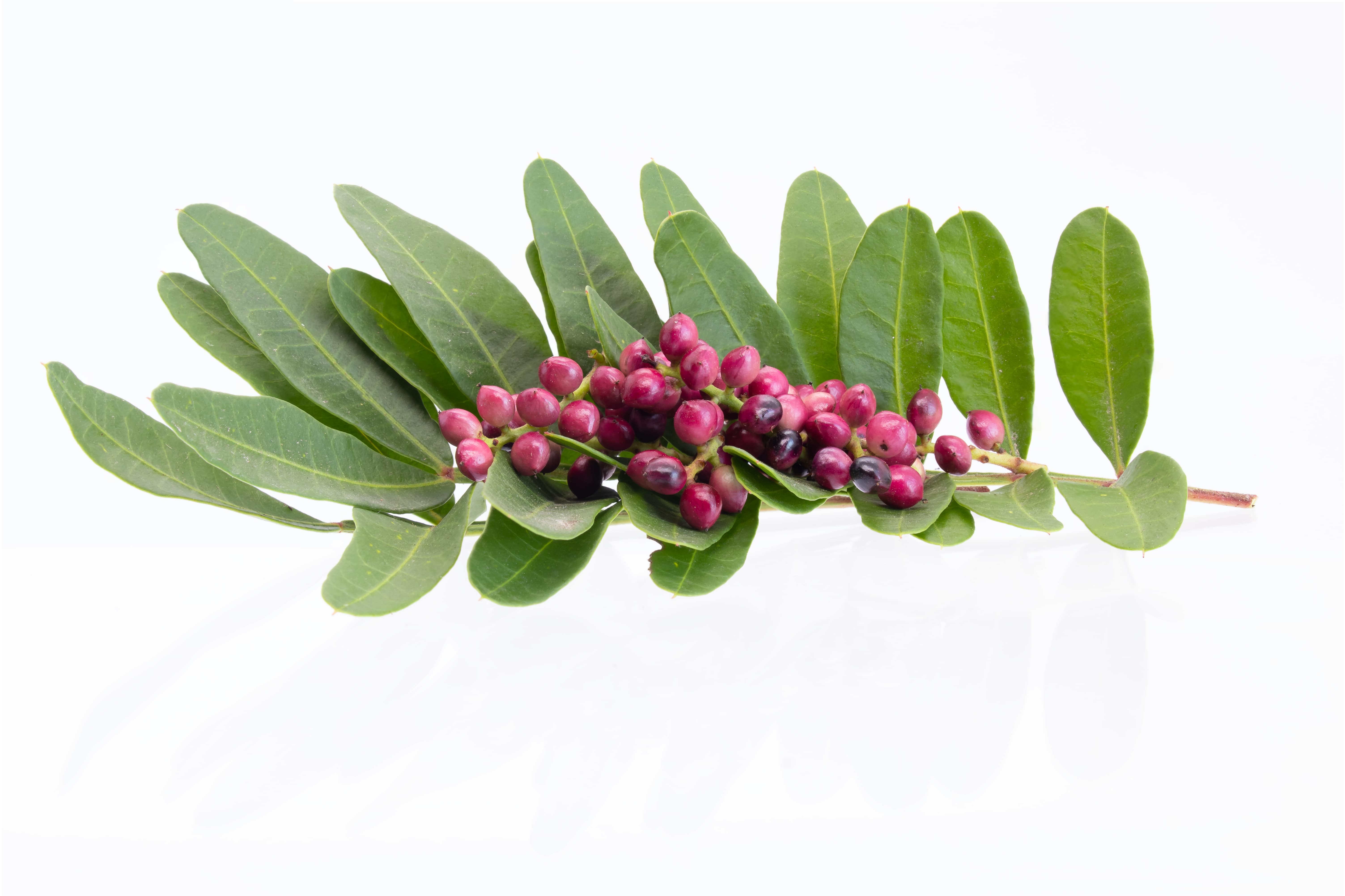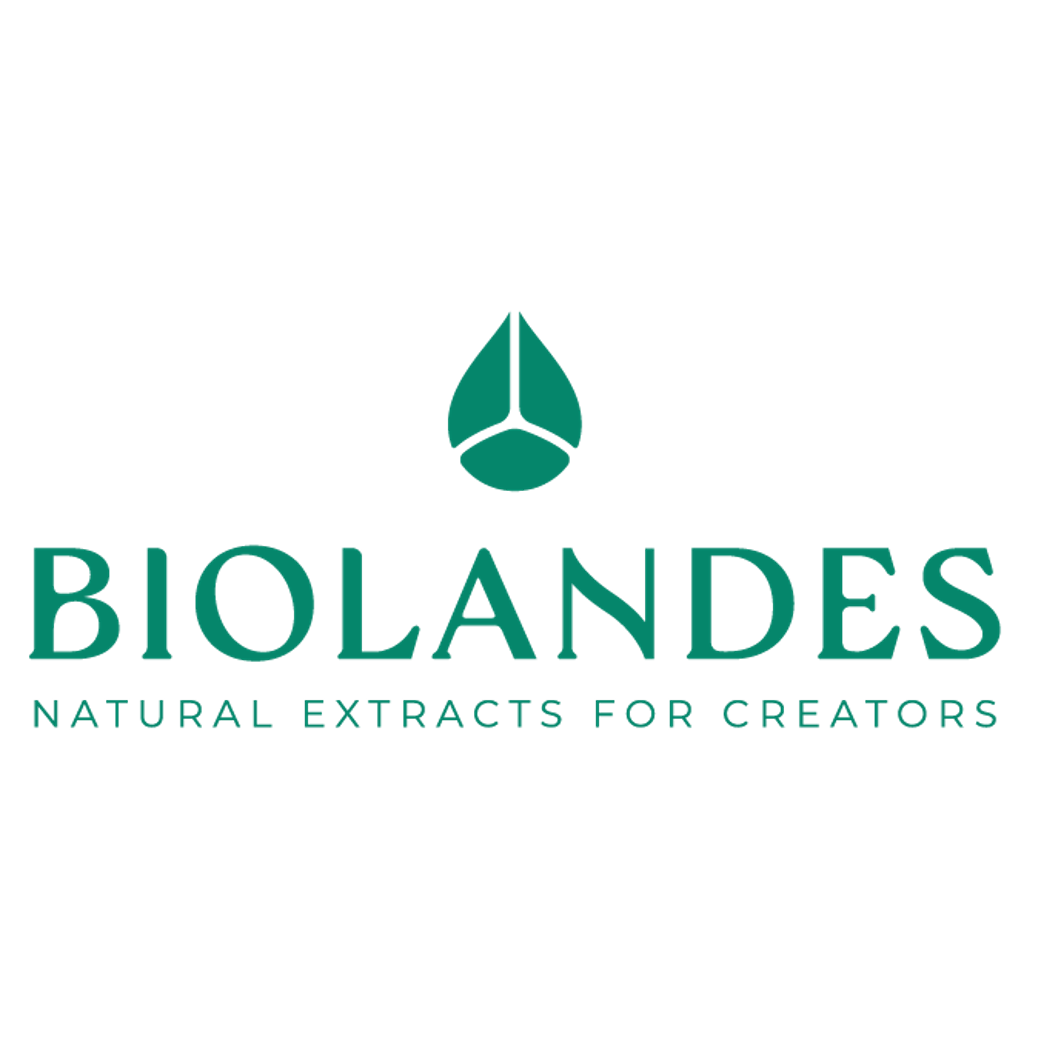Mastic Absolute
Naturelle
Green > Crisp Green > Grassy > Spicy

Crédits photo: ScenTree SAS
Latin name :
Pistacia lentiscus
Botanical profile :
The pistachio lentiscus, or mastic tree, is a shrub of the Anacardiaceae family and the genus Pistacia.
Geographic origin :
Native to the countries bordering the Mediterranean sea (Greece, Turkey, Armenia), pistachio lentiscus is still produced today on the Mediterranean coasts, particularly in Corsica and Morocco.
Chemotypes :
There are several other pistachio trees belonging to the genus Pistacia, although, they are not used for their secretion of mastic.
Pistacia terebinthus, at the origin of the first known turpentine, called ''of Chio '' and used for its leafy branches, which do not secrete any resin.
A variety of Pistacia lentiscus called Chios is only produced on the island of Chios, in Greece. This variety is known for the exudation of the Chios resin by the trunk and branches, commonly used for centuries in Greece.
Pistacia terebinthus, at the origin of the first known turpentine, called ''of Chio '' and used for its leafy branches, which do not secrete any resin.
A variety of Pistacia lentiscus called Chios is only produced on the island of Chios, in Greece. This variety is known for the exudation of the Chios resin by the trunk and branches, commonly used for centuries in Greece.
Extraction process :
The pistachio tree destined to perfumery is grown under organic conditions, guaranteed by local governments (Morocco in particular).
The cultivation takes place between the months of June and September, when the essential oil secretion of the tree is at its best. During the rest of the year, it resists the coldness of winter.
The tree exudes a resin called mastic that partially covers the branches and the leaves and has an olfactory interest. The branches are cut and crushed, disposed on grids to be directly extracted in an extraction tank filled with hexane. Once the extraction is done, the branches are removed and the hexane is evaporated and recycled. The resulting paste is mastic concrete. After filtrating the concrete waxes and evaporating the alcohol, a dilution of this paste in alcohol, followed by a glazing process (temperature gradient from 140 °F to 32 °F) allows to obtain the pistachio mastic absolute.
The cultivation takes place between the months of June and September, when the essential oil secretion of the tree is at its best. During the rest of the year, it resists the coldness of winter.
The tree exudes a resin called mastic that partially covers the branches and the leaves and has an olfactory interest. The branches are cut and crushed, disposed on grids to be directly extracted in an extraction tank filled with hexane. Once the extraction is done, the branches are removed and the hexane is evaporated and recycled. The resulting paste is mastic concrete. After filtrating the concrete waxes and evaporating the alcohol, a dilution of this paste in alcohol, followed by a glazing process (temperature gradient from 140 °F to 32 °F) allows to obtain the pistachio mastic absolute.
Major Components :
Alpha-Pinene (7-20%)
Myrcene (4-15%)
Sabinene (2-15%)
Muurolene
Terpinen-4-ol
Myrcene (4-15%)
Sabinene (2-15%)
Muurolene
Terpinen-4-ol
- Uses in perfumery :
- Used in fine fragrance in green, spicy, tobacco, fig, lime and in fougere, chypre and woody flavours. Used to modernize a green note of Galbanum EO for example.
- Other comments :
- This shrub is not to be confused with the true pistachio (Pistacia vera), whose pistachio is the fruit.
The fruits of the pistachio mastic tree are red at first, then black when ripe and are extracted from December to January in order to obtain the oil. - Volatility :
- Heart/Base
- Appearance :
- Green paste
- Stability :
- Solubility issues in perfumes
The terpenes identified in this raw material can polymerize when they are oxidized - Price Range :
- €€€€€
- Aromatherapy :
Informations provided below are taken from reference works in aromatherapy. They are given for information purposes only and can not constitute medical information, nor engage the responsibility of ScenTree.
Mastic extracts are used for their venous decongestant and prostatic properties.

Crédits photo: ScenTree SAS
- EINECS number :
- 263-098-6
- FEMA number :
- Donnée indisponible.
- Allergens :
- D-Limonene - Linalool
- IFRA :
- This ingredient is restricted by IFRA
- Annexe I :
- Some regulated synthetic ingredients are found in nature and in certain proportions in natural ingredients. This presence in nature has to be taken into account when calculating limits of use recommended by the IFRA. In case you do not know these concentrations, you can use the ones estimated by the IFRA. Here they are :
- Annexe I :
- Some regulated synthetic ingredients are found in nature and in certain proportions in natural ingredients. This presence in nature has to be taken into account when calculating limits of use recommended by the IFRA. In case you do not know these concentrations, you can use the ones estimated by the IFRA. Here they are :
| List of regulated compounds contained in this ingredient | ||
|---|---|---|
| Regulated ingredient name | CAS N° | Estimated Concentration |
| Methyl eugenol | 93-15-2 | 0,01 |
| List of regulated compounds contained in this ingredient | ||
|---|---|---|
| Regulated ingredient name | CAS N° | Estimated Concentration |
| Methyl eugenol | 93-15-2 | 0,01 |
To learn more about IFRA's standards : https://ifrafragrance.org/safe-use/library
ScenTree is solely responsible for the information provided here.


